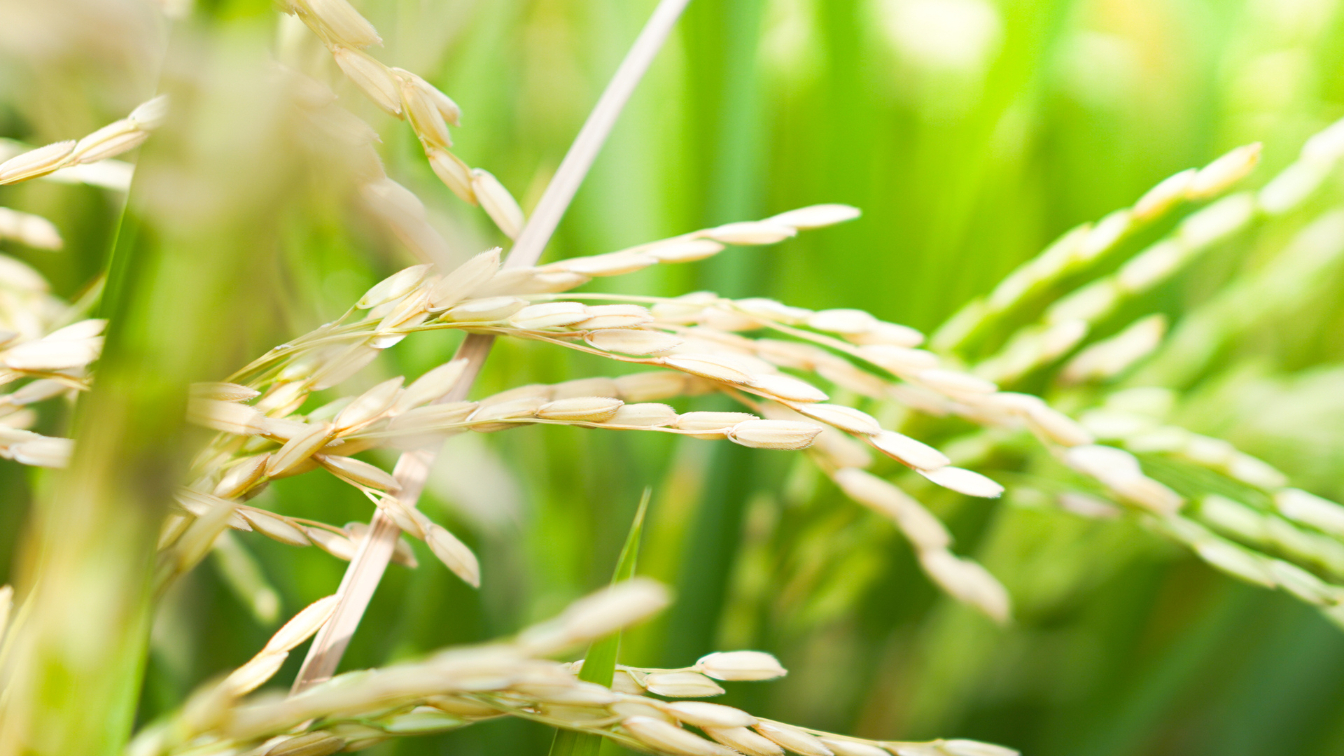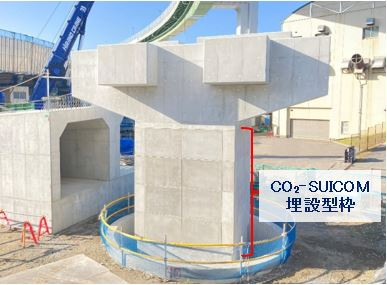J-STORIES ー 広島大学の研究グループが、稲を脱穀した後のもみ殻から「量子ドット」と呼ばれる微細な半導体結晶を合成、それを活用した次世代LED(発光ダイオード)の開発に成功した。もみ殼を LED 製造に活用した研究の発表は、世界でも同大学が初めてという。
量子ドットは新しい半導体粒子としてディスプレイ機器などへの利用拡大が見込まれているが、カドミウムや鉛などの有害金属の含有やレアアースとレアメタルに依存する供給の不安定さが問題になっている。同大の研究成果は、農家が処分に悩む大量のもみ殻を有効利用すると同時に、自然素材で安全な量子ドットを確保する新しいエコサイクルの実現に道を開くものと期待されている。
.jpg)
量子ドットは直径数ナノメートル(1ナノメートルは100万分の1ミリ)台の発光体の半導体微粒子。その微小なサイズ、幅広い色彩表現、発色の美しさなどから、ウエアラブル機器など、より高い解像度が求められるマイクロLEDの光源として需要拡大が期待されている。米調査会社によると、量子ドットの市場規模は 2026 年に 86 億ドルに達する見通しだ。
量子ドットに含まれるカドミウムは、かつて日本で大規模な公害問題となったイタイイタイ病を引き起こした。そうした毒性とは無縁で、安全かつ安定して生産できる量子ドットLEDの開発を進める中、同研究チームは農業関係者が頭を抱えているもみ殼に着目。もみ殼に含まれる約20%のガラスを用いて量子ドットの生成、オレンジ色に発光する量子ドット LEDの作成を達成した。
.jpg)
研究グループを率いる同大の齋藤健一教授はJ-Storiesの取材に対し、今後の目標として、オレンジ色の光だけでなく、光度を高めるとともに、さらに赤や青、緑など他の色の光りも実現したいと答えた。
同氏によると、このもみ殻由来の量子ドットが安定して量産できるようになれば、より精密なVR(仮想現実)ゴーグルのディスプレイや映像を映し出せるコンタクトレンズ、スクリーンのように使えるメガネなどの発光材料として活用できる可能性がある。また、ホログラムの技術の発展にもつながるという。
「世界が驚く様なものを作っていきたい。光はいろいろなところに使えて、何でもできる。20年後、30年後に量子ドットや量子ドットLEDを使い、想像もできなかったような世界を実現していきたい」と齋藤さんは語った。
.jpg)
記事:澤田祐衣 編集:北松克朗
トップ写真:HumbaFrame/Envato
この記事に関するお問い合わせは、 jstories@pacificbridge.jp にお寄せください。
***
***
本記事の英語版は、こちらからご覧になれます。





_bigthumbnail.jpeg)














![[PODCAST] 如何打造成功的新創企業社群(第2集)](https://storage.googleapis.com/jstories-cms.appspot.com/images/1748493203370business-man-holding-light-bulb-social-network-2024-10-31-22-37-36-utc_smallthumbnail.jpg)


